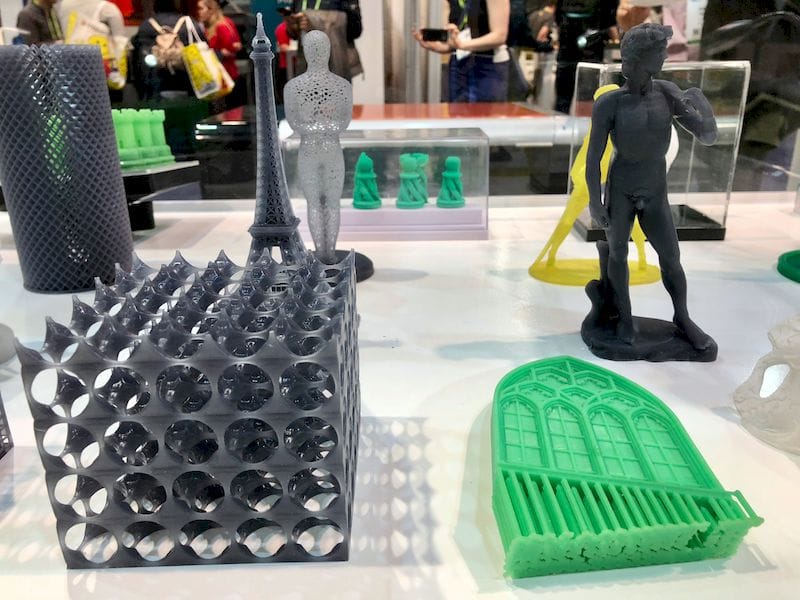
Since the relatively recent start of the rise of 3D printing, the industry has gone through many changes and improvements.
2018 will be no different. While 3D printing still produces only a small portion of all manufactured goods, the additive manufacturing sector is growing steadily as the technology constantly advances. Here are the eight trends you should be looking for in 2018.
The Number of Applications Will Grow
In 2018, more industries will find more ways to use additive manufacturing for more applications. Materials other than plastics, such as metals, will help facilitate these new uses, especially in industries such as the automotive and aerospace sectors. Researchers will also continue to work on printing biocompatible materials for use in the healthcare industry, and we may see some significant advances in this field.
New and Better Designs Will Surface
3D printing will enable better product design as more companies start to use it during the design and prototyping process, along with Internet of Things technology. The speed and cost reductions that 3D printing provides in the prototyping phase will allow companies to test more versions of their design. It also allows them to easily save and access their designs, test out different ideas and combine aspects of various designs.
Processes Will Accelerate
The speed of the 3D printing process will continue to increase, making it more competitive with traditional manufacturing methods. Experts expect this trend to be driven largely by software. Current players in the field will continue to improve their products’ speeds while research labs will continue to work on innovative new designs.
Costs Will Continue to Fall
Another factor that will fuel increased adoption is the continued lowering of costs, while the technology keeps improving. While 3D printing has always been great for short-run production, the technology will start to emerge as a strategy for reducing expenses at a larger scale as printers become more readily scalable.
As technological advances allow manufacturers to print using more material types, companies will be able to save more money by reducing waste. These savings can be significant, since 60 to 70 percent of the materials used in CNC manufacturing typically winds up as scrap.
Mass Customization Will Begin to Take Hold
These same capabilities will also enable more customization. Manufacturers will more easily be able to alter designs based on customers’ requests, paving the way for mass customization. As the technologies improve, so will the number of things that businesses can customize. True mass customization may still be somewhat far in the future, but we’ll start to see it take shape this year.
Available Integrations Will Expand
It will become easier for businesses to incorporate 3D printing into their processes and workflows and integrate with other software and hardware in 2018. 3D printers will also increasingly be able to work together to allow for use on a larger scale. This will drive more manufacturers to adopt the technology as it will cause less disruption in existing workflows and require fewer resources to deploy.
Automation Will Play a Larger Role
Automation’s role in manufacturing continues to grow, and this trend applies to 3D printing as well. In 2018, additive manufacturing technologies will be able to integrate increasingly well with other automated processes, making for a highly automatic overall manufacturing process.
We’ll also see more printers that use automated processes in their own operations, such as printers that automatically return unused materials to the cartridge. This increased automation will make the adoption of 3D printing technology easier.
More Collaborations Will Kick Off
2018 will also see further collaboration between 3D printing companies as well as between the 3D printing industry and other sectors. HP and Deloitte, for instance, teamed up toward the end of 2017 to get HP’s printers into more manufacturing facilities. Enhanced customization capabilities will also enable companies in the additive manufacturing space to work with customers in other sectors on solutions tailored to their needs.
2018 may go down in history as the year that mass adoption of 3D printing technology began, and the hype surrounding 3D printing turned into real results. Even so, the advancement of the additive manufacturing industry is far from slowing down. As these eight trends play out in 2018, it will continue to reach new heights. What trends are you expecting this coming year?

